A new Zen Garden at Sholom Park beckons visitors to immerse themselves in the serenity of nature.
As you follow the gracefully curving sidewalk from the end of the parking lot, slow your steps and take in the lush, verdant greenery all around you. Notice the Guardians of the Gate: on your left, a limestone boulder resembling a turtle, which represents longevity and perseverance; on your right, the lion, a symbol of strength and wisdom.
As you cross the bridge to what lies beyond the bamboo fence, take a deep breath and open your mind to a quest for peaceful relaxation, no matter how brief. Whether you have five minutes or an hour to spend, this is your moment of Zen.
“This crossing point is representative of the leaving behind of the material world of our daily lives. It’s the beginning of the process of entering into the land of the sacred,” explains Robert Colen, stepping through the wood and bamboo gate. The managing director of Sholom Park encourages visitors to try to quiet their thoughts as they enter the Zen Garden.
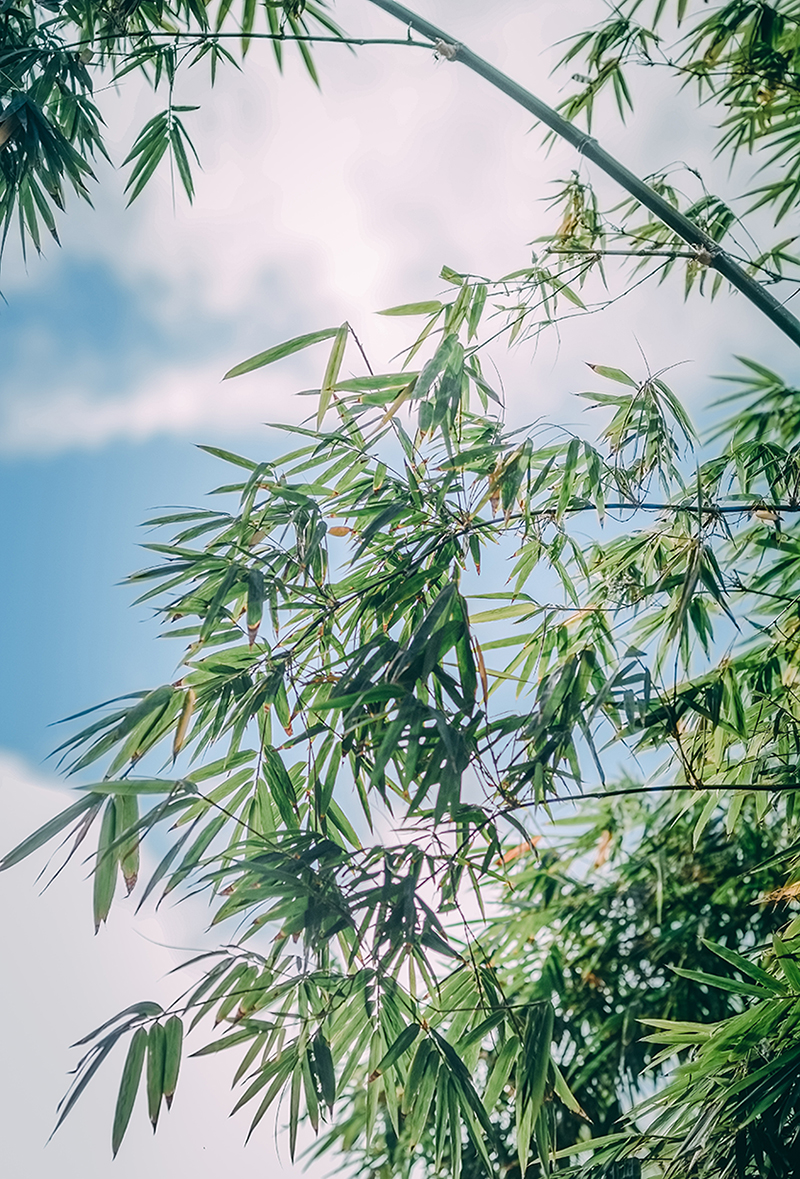
“Come to experience the quiet, feel the energy that’s here and let go of whatever is bothering you for a few minutes and find peace; find quiet,” Colen suggests. “Then, when you let go of that, your life feels a little bit better. You can leave here and hopefully make the world around you a little bit better place.”
Since it opened in 2004, Sholom Park in Southwest Ocala has been a hidden gem with its 44 peaceful acres of natural beauty. The new Zen Garden, opened on September 20th, takes peaceful to the next level. In the tradition of Japanese Zen gardens, it’s a setting that invites meditation, with natural elements that help one narrow their focus to experience mindfulness, or being present in the moment and enjoying their surroundings.
 As you enter, listen for the soothing rush of gently flowing water, which symbolizes cleansing, and the melodic calls of birds. Observe the cultural symbols, such as the pagodas, and see how they make you feel.
As you enter, listen for the soothing rush of gently flowing water, which symbolizes cleansing, and the melodic calls of birds. Observe the cultural symbols, such as the pagodas, and see how they make you feel.
“There’s a lot of symbolism throughout the park,” Colen shares. “The pagodas are symbols. It’s a sign that you’re not lost, that you’re on a path. Maybe you have all kinds of struggles or worries in your life and maybe you feel alone. I think all of us have suffered to some extent, and it’s just a symbolic way of saying you are not lost; you are on a path.”
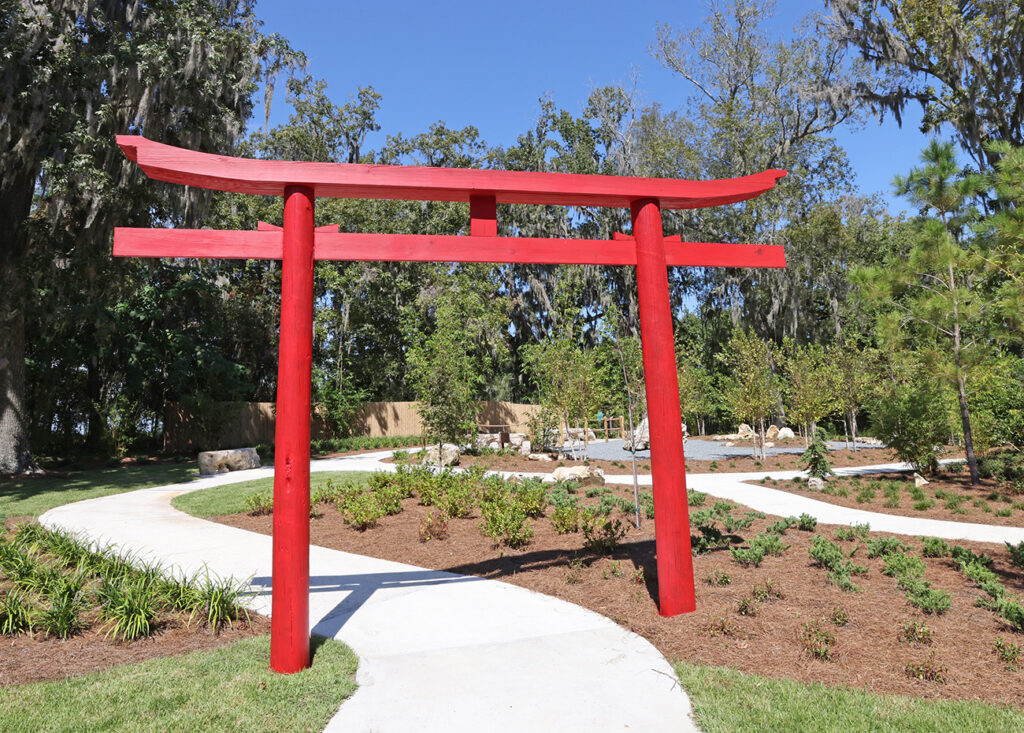
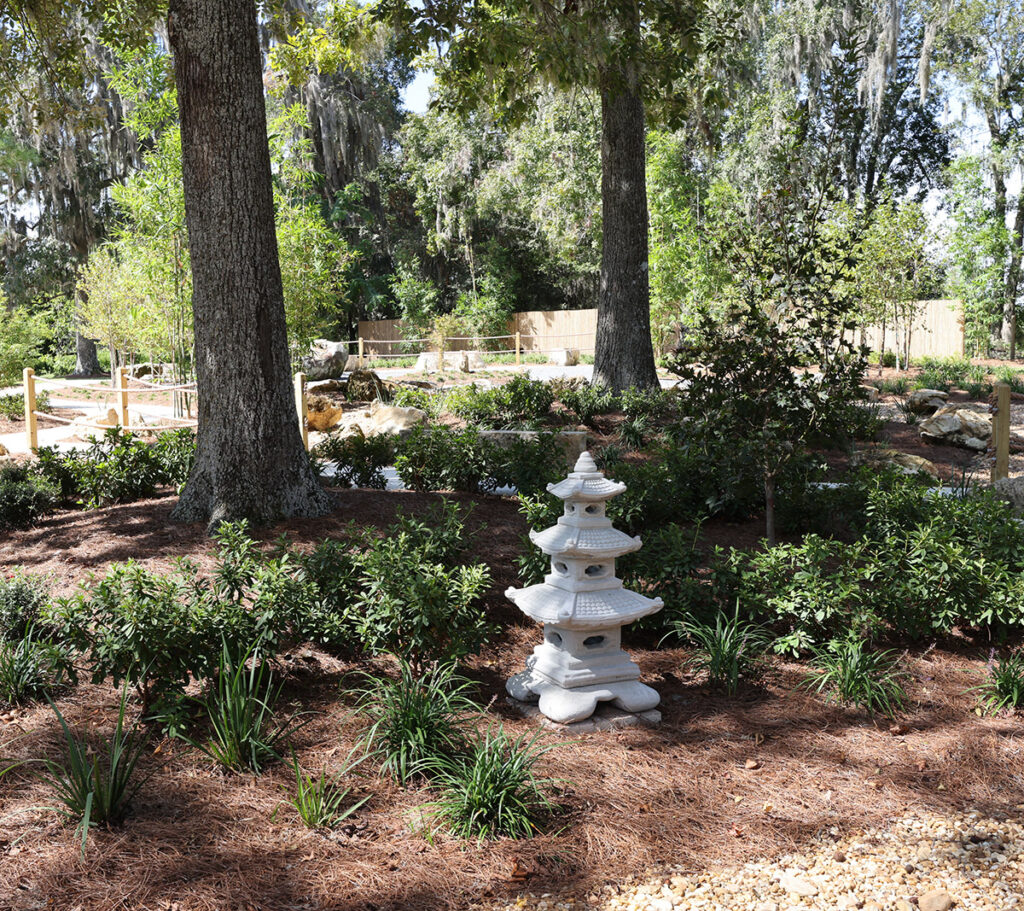
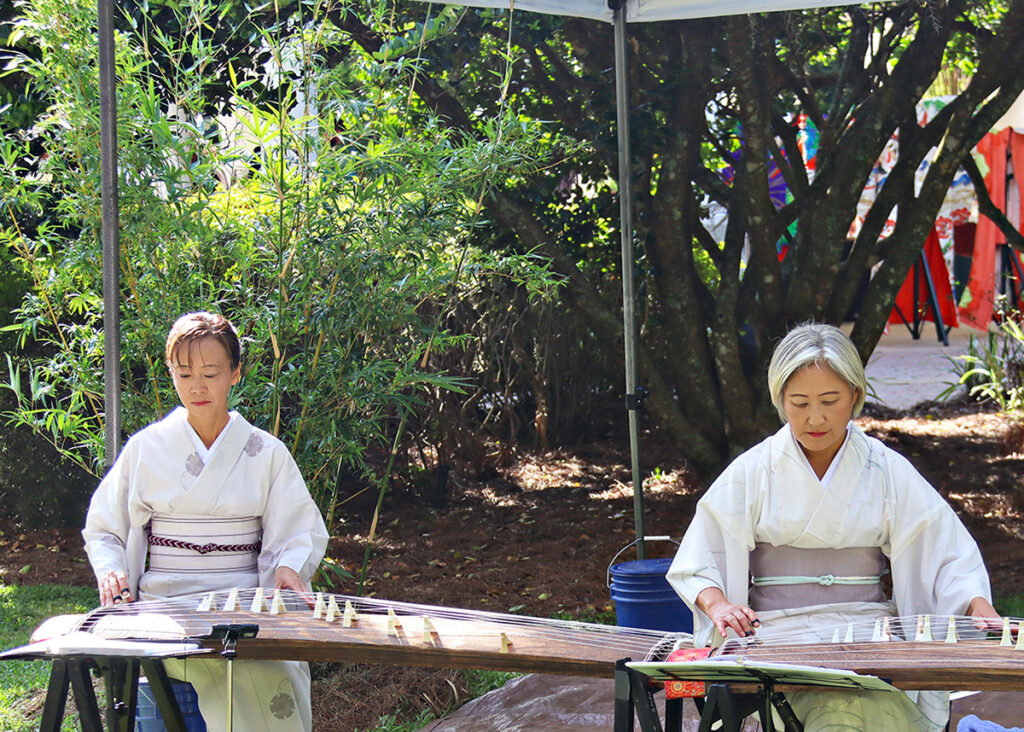
As you wind your way past flowering plants, clusters of bamboo, and venerable oak trees, the towering, wooden Japanese torii gate, painted in the traditional vermillion color, beckons like a beacon. For centuries, these gates have marked sacred spaces in Japanese culture.
At the crest of a subtle incline, the path leads to the Zen Ocean, formed not by water but by a gravel garden with islands made of large rocks. The caretaker often rakes the gravel into waves that surround the symbolic islands.
“Look at the three islands; there’s symbolism in everything,” Colen notes. “On the far left is our volcano. You can see the volcano rising up from the ground. The volcano is symbolic of the impermanence of change. In the middle we have a turtle with a crane on top. That’s a symbol of symbiosis, of harmony between two beings. It’s also a symbol of wisdom. And then we have our large rock island; it’s an amazing rock that was taken out of the ground 500 yards from here. This is really a symbol of strength and perseverance.”
Descending slightly, you reach the plush, green lawn of the meditation meadow.
“It’s a soft space—if you were to take your shoes off and walk, you would feel the soft moisture of the grass and the ground and it connects you to the world below you,” Colen says.
When you reach the raking garden, you’re invited to practice interactive meditation by picking up a wooden rake. The humble act of raking patterns into the gravel is meant to promote relaxation and mindfulness.
“You’re centering yourself,” Colen says. “And then by raking, you’re connecting yourself to the universe as you flow through it. As you move the gravel, the gravel, again, is supposed to represent water. You can rake anything, but keep in mind there is a world here inside this that you’re raking and you’re flowing. You’re creating that semblance of peace as you flow through it.”
Take a moment to sit on a limestone bench and gaze at the boulder placed across from the raking garden. It’s an element that beckons you to narrow your focus and broaden your imagination.
“If you were to meditate here, sitting here looking at this rock, you could see maybe a dolphin or a seal. Maybe it’s a gorilla. Some people see an elephant. You could see anything you want to see in it,” Colen says. “But the point is to look at it and interpret it as you see fit, and it takes you away from whatever you’re dealing with over there.
Selecting the rocks was a labor of love for Project Manager Steve Curl, a horticulturalist who oversaw the original design and construction of Sholom Park and was the park’s first operations director until 2008. He says he was “thrilled to death” when he was asked to return to help with the Zen Garden.
“I was fortunate enough to pick out the rocks, so I had a fun job,” Curl enthuses. “People see different things in the rocks, and that’s what’s really amazing. I think when I picked them out I saw something, but that doesn’t mean that you would see the same thing. That’s what makes them so unique.”
Curl has fond memories of working with Robert’s uncle, the late Sidney Colen, who developed the On Top of the World communities and created Sholom Park. His vision was to create a place where people could experience peace, joy and contentment.
“How beautiful,” Curl says of the Zen Garden. “This just fit his [Sidney Colen’s] vision to a ‘T.’ He was all about personal introspection and finding peace. And you couldn’t ask for anything better. So this just fits the park. It’s just perfect.”
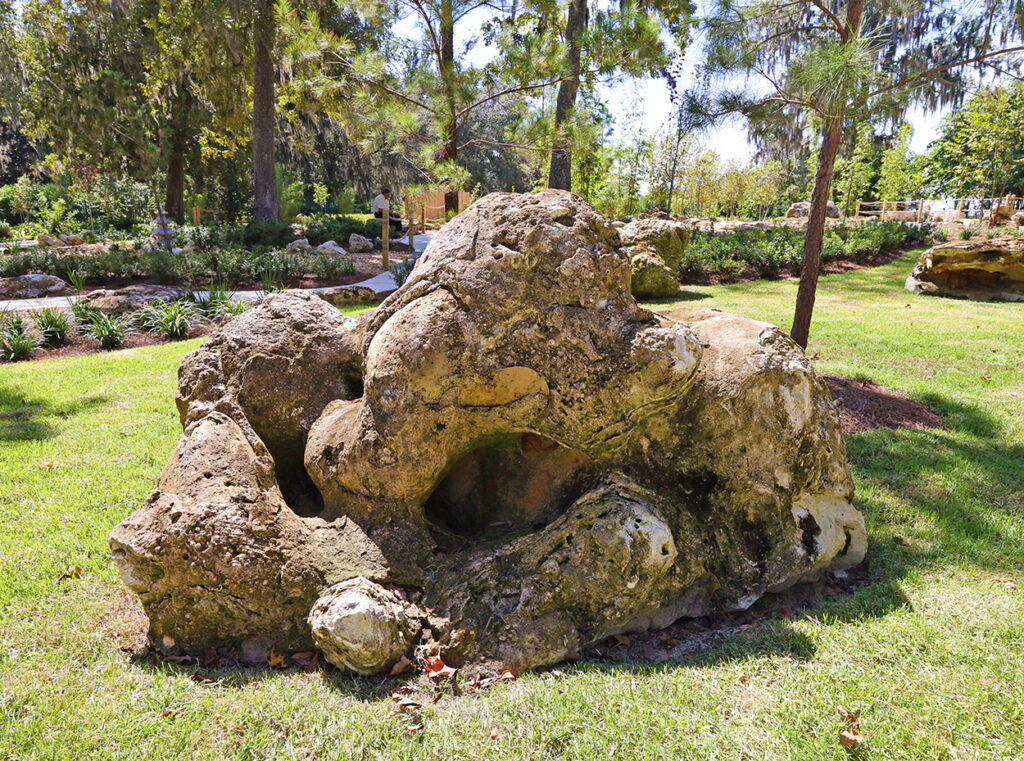
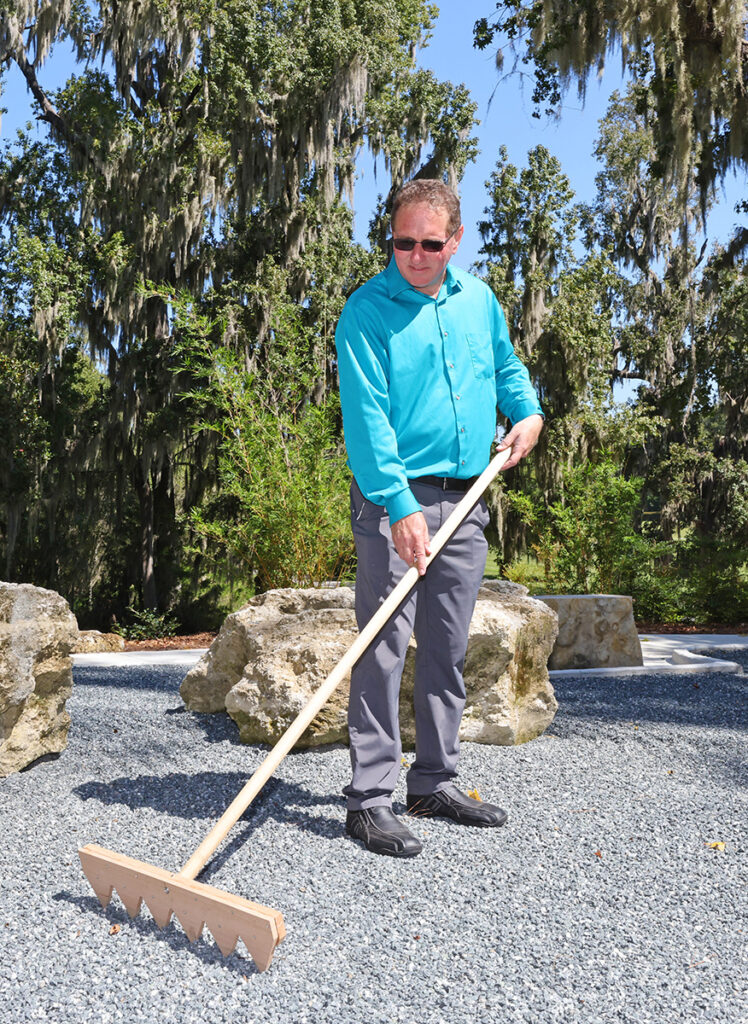
Sholom Park is privately owned and supported by the Horticultural Arts & Park Institute, a charitable foundation. Colen says the idea to build a Zen Garden came about with a timely gift from donors who wish to remain anonymous.
“They showed up at the right time, and they encouraged us to go bigger and think bigger,” Colen says. “We brought in a landscape architect who was from Brad Smith and Associates, Scott Girard who designed the gardens for Disney Tokyo. So it all just kind of fell together.” OS
Sholom Park and the Zen Garden are free and open to the public every day of the year. Fall/winter hours are 8am-5pm. For more information, visit sholompark.org






